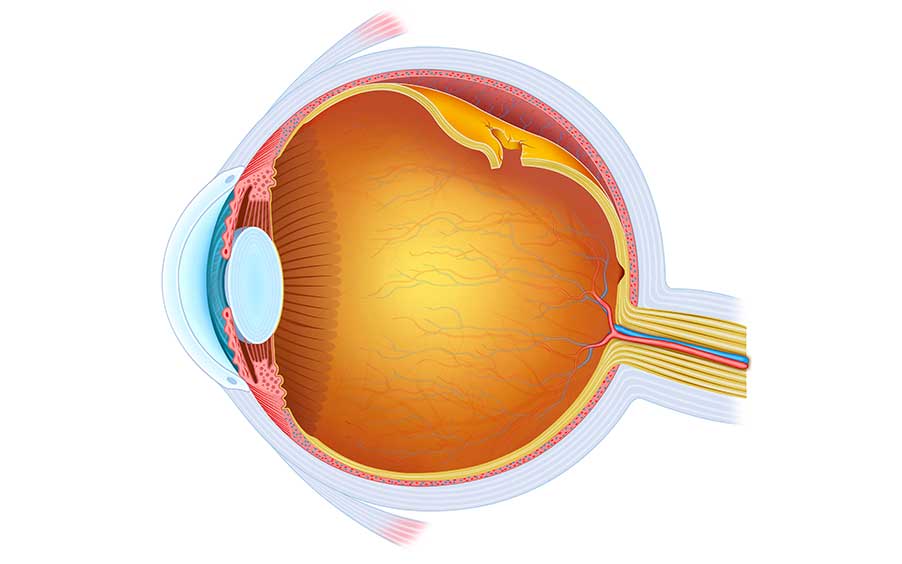Treatments & Procedures
What is a retinal detachment?
Retinal Detachment
A retinal tear is a small break that develops in the retina. Once a tear forms, fluid can seep underneath and increase the risk of a more serious condition called a retinal detachment, which can lead to permanent vision loss if not treated promptly.
Retinal detachment is often painless, but warning signs may appear suddenly:
- A sudden or dramatic increase in floaters or "cobwebs" in the vision.
- Flashes of light in one or both eyes.
- A shadow or “curtain” spreading across part of the field of vision.
- Blurred or reduced vision.
Treatment
Treatment for a retinal detachment is usually surgical and needs to be done quickly to prevent permanent vision loss. The type of procedure depends on the size, cause, and location of the detachment. In some cases, two or more procedures may be done during the same surgery.
- Pneumatic Retinopexy: A gas bubble is injected into the eye’s vitreous cavity, which presses the retina back into place. The tear is then sealed with laser or cryotherapy, and the patient must keep their head in a specific position for several days so the bubble stays in place.
- Vitrectomy: The vitreous gel inside the eye is replaced with a gas bubble or silicone oil. This helps the retina settle back in place. The bubble or oil is gradually replaced by natural fluids, or in some cases the silicone oil may be removed.
- Scleral Buckle: For larger or more complex retinal detachments, a tiny silicone band may be surgically planted around the eye. This pushes the white of the eye toward the retina, which can help to hold it in place.
WEB
